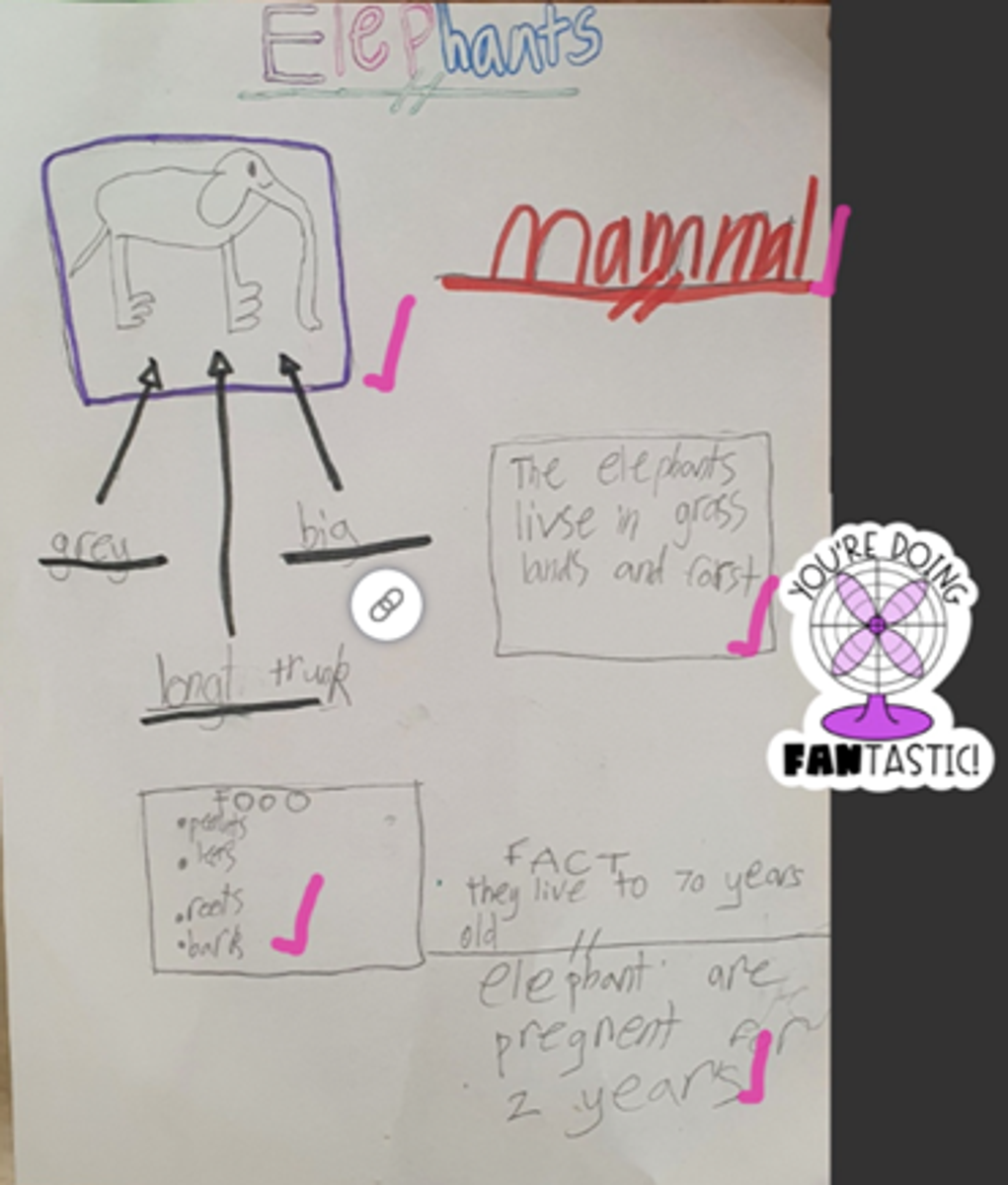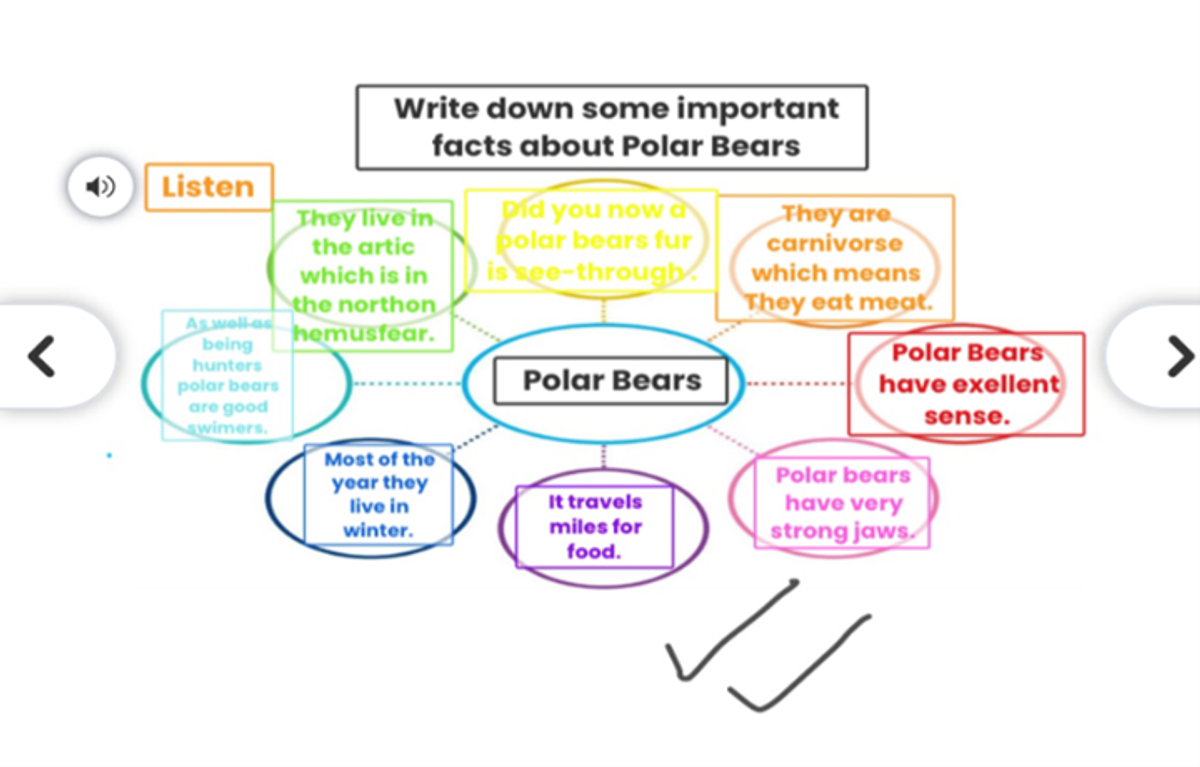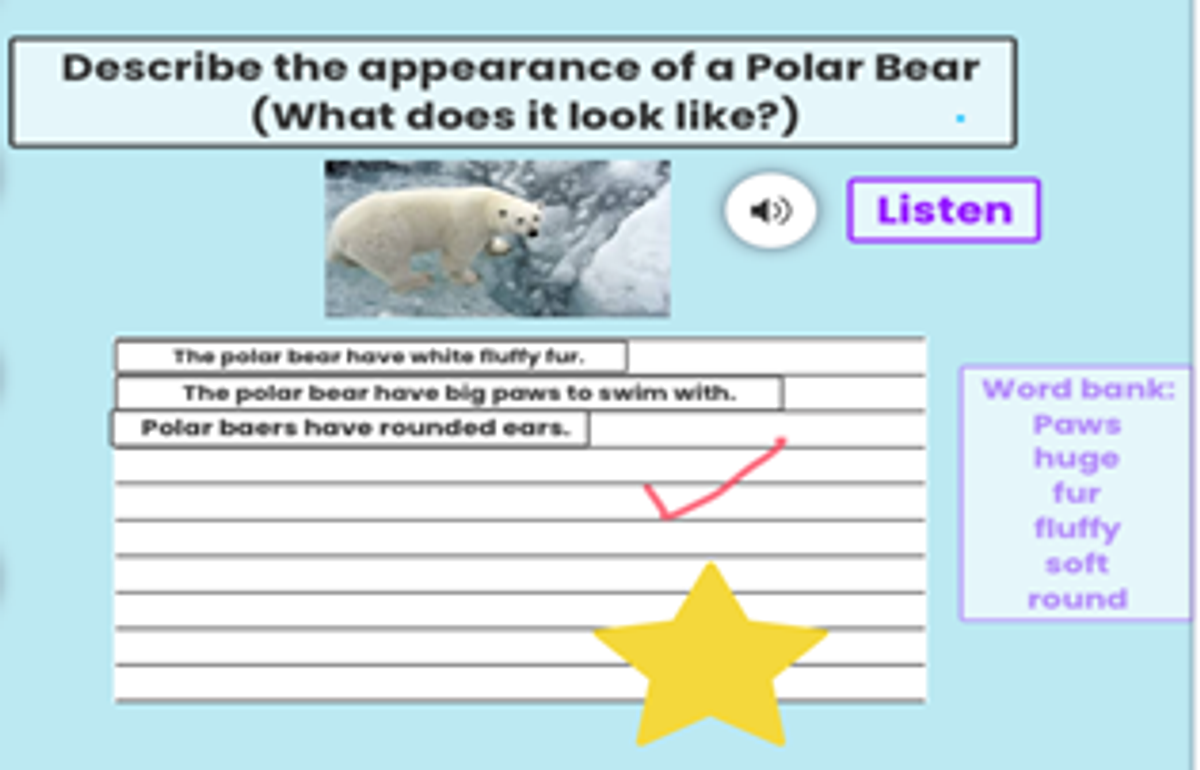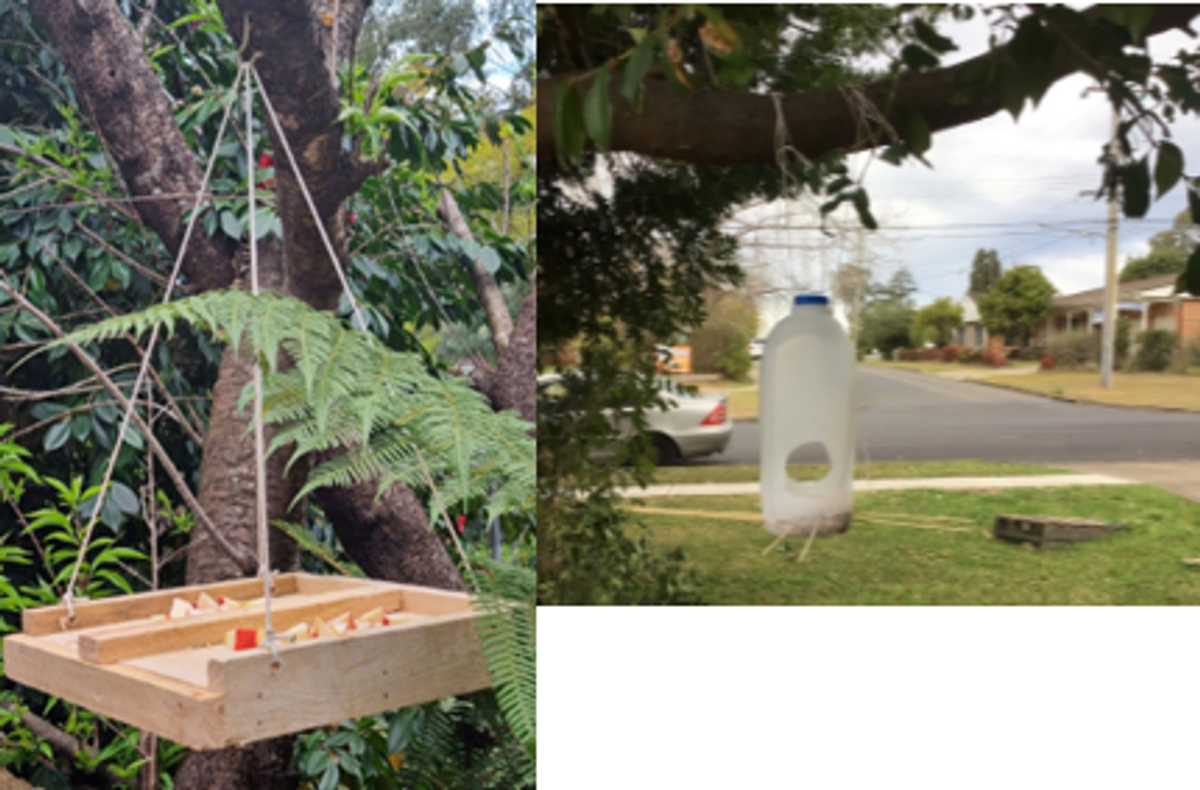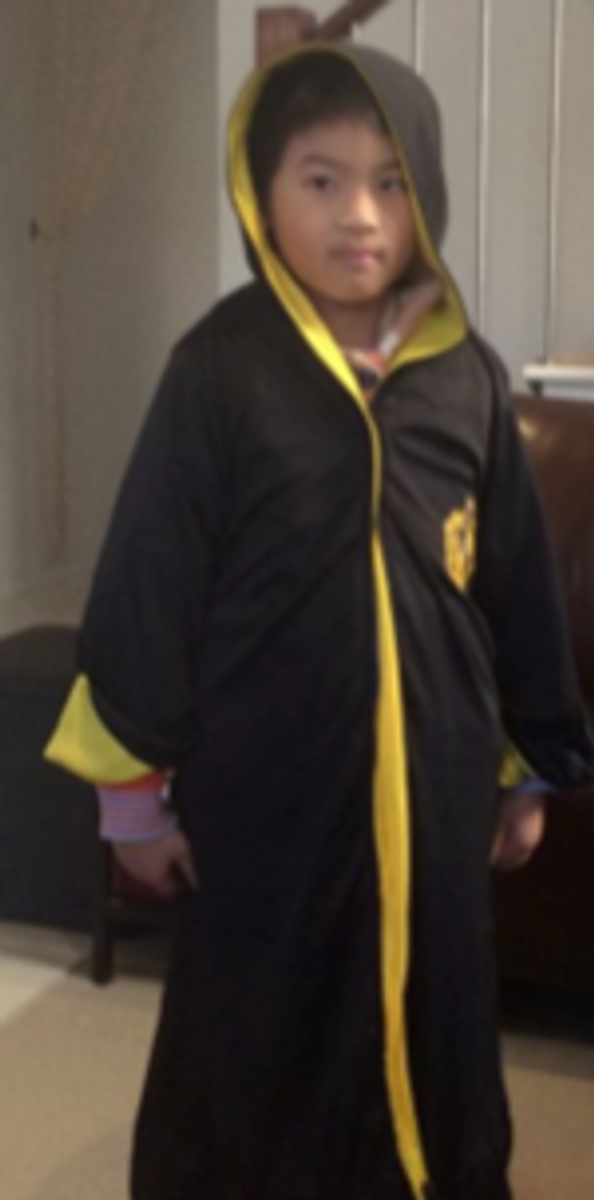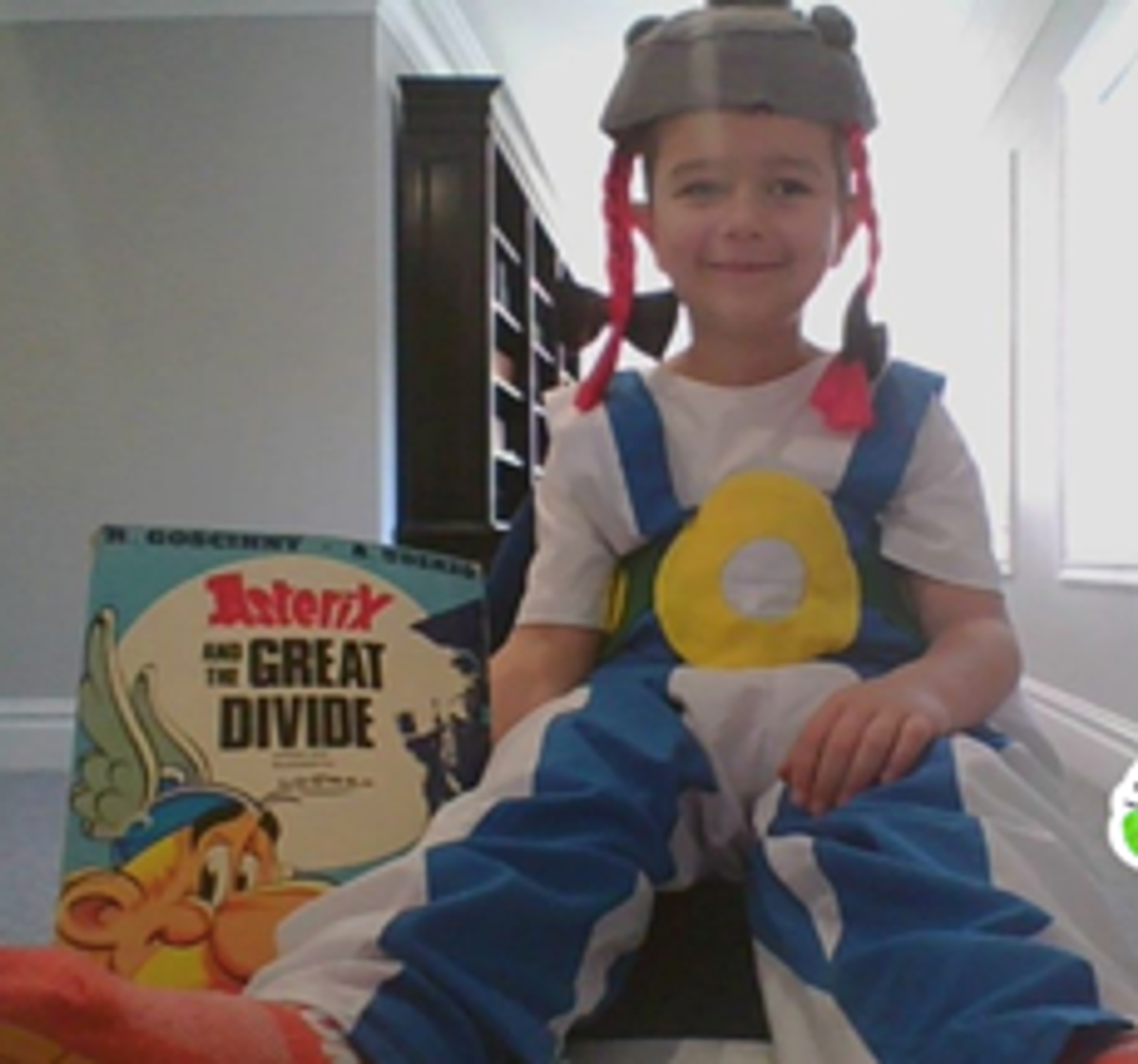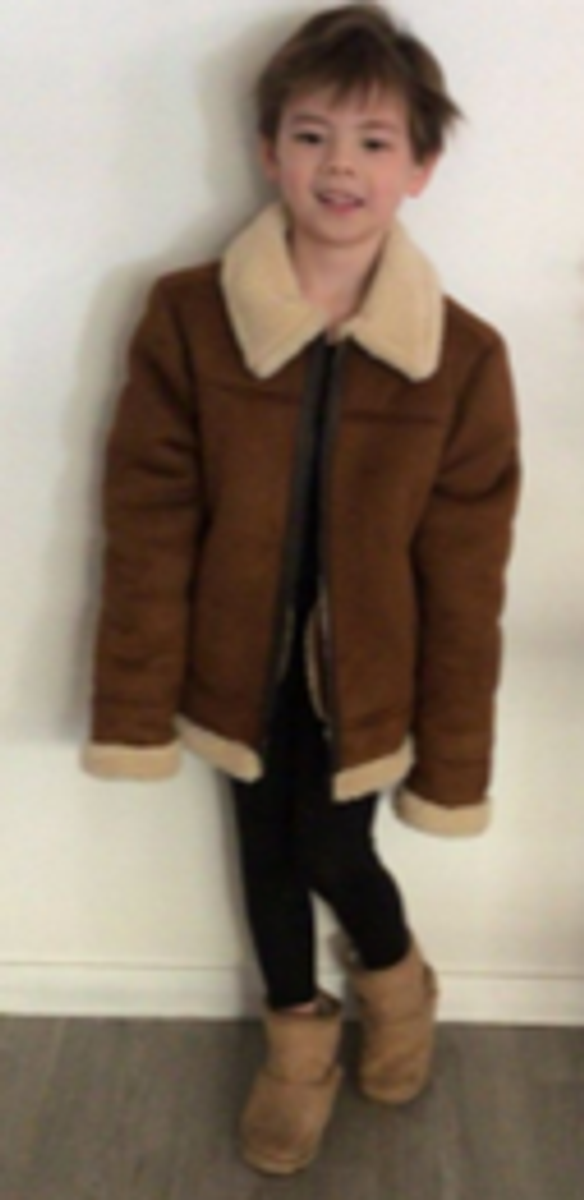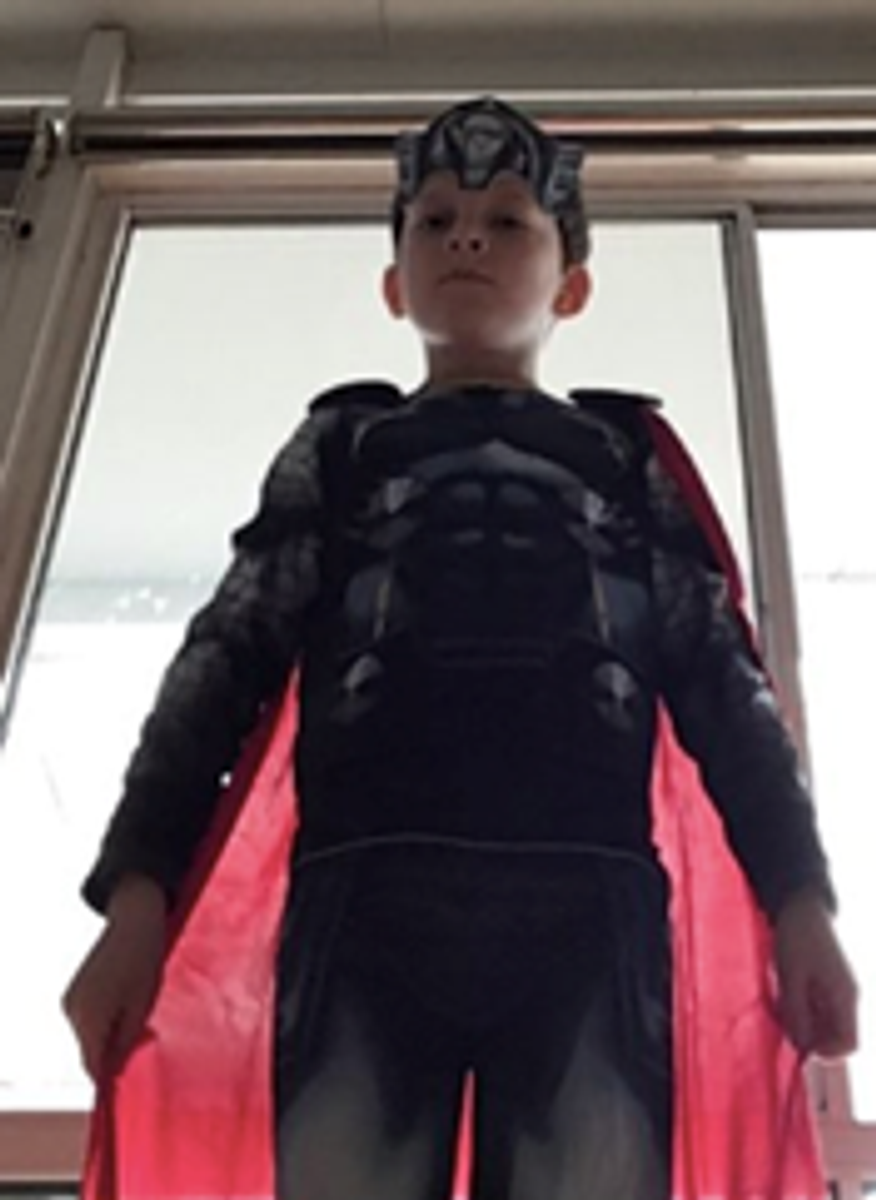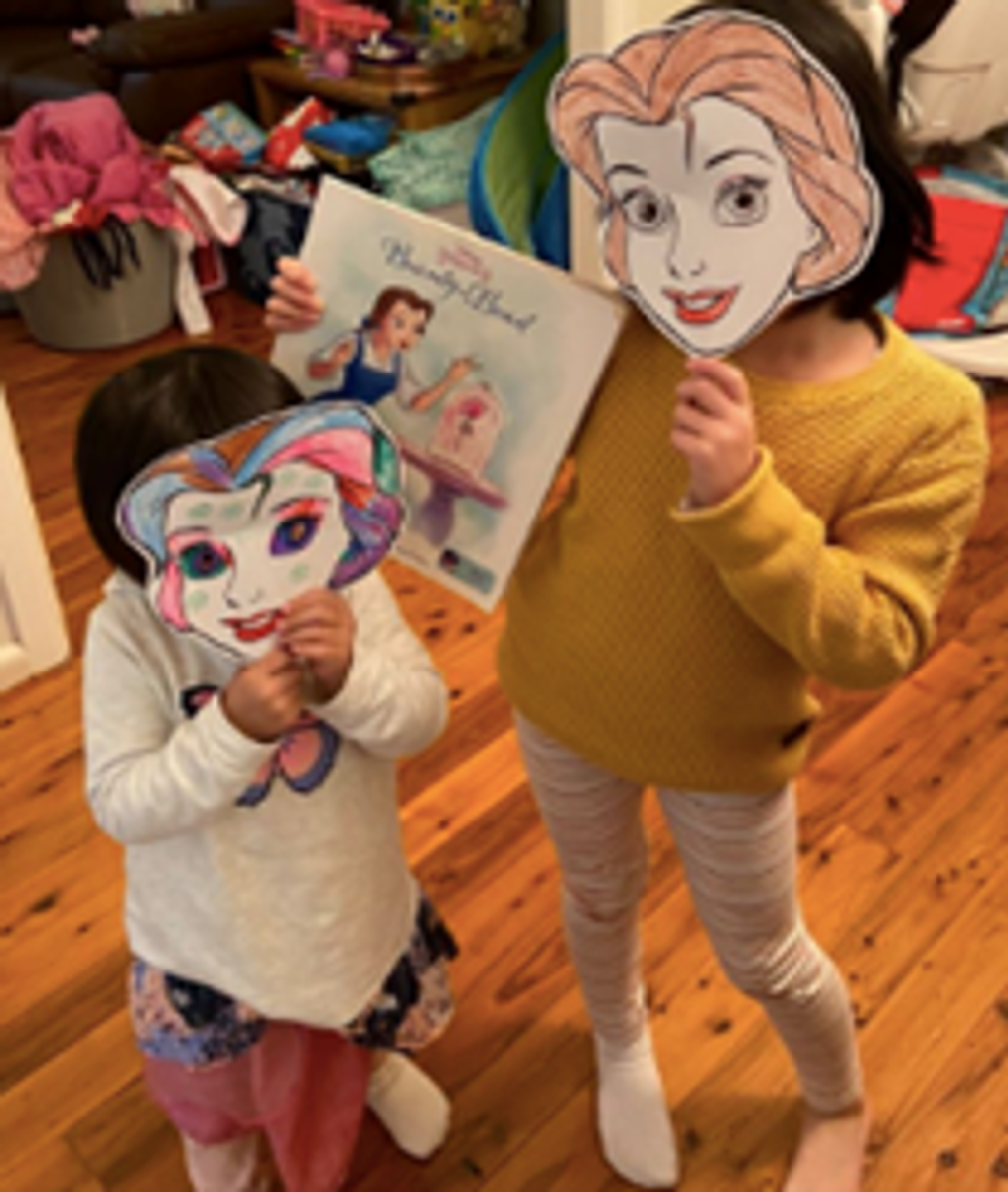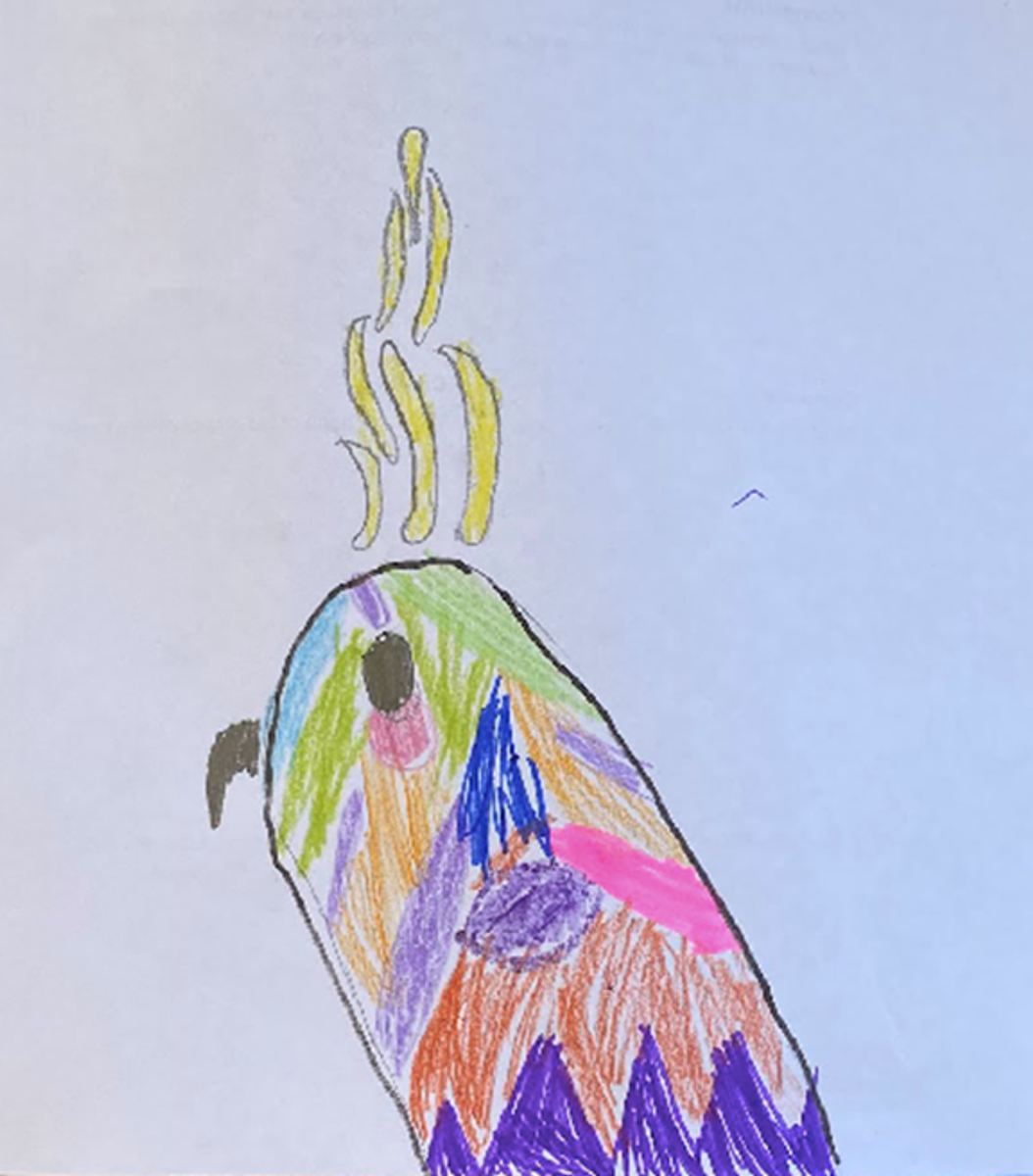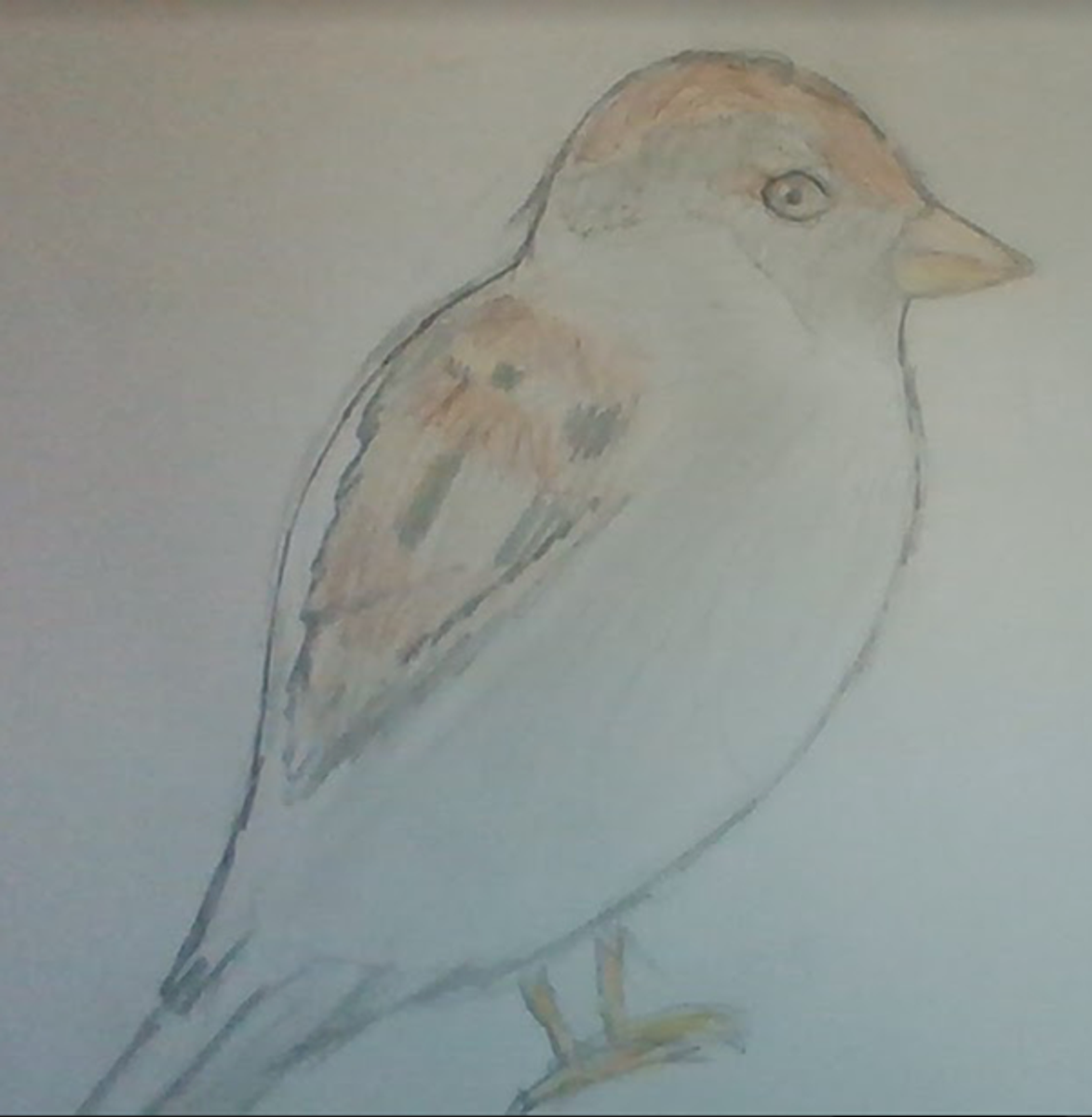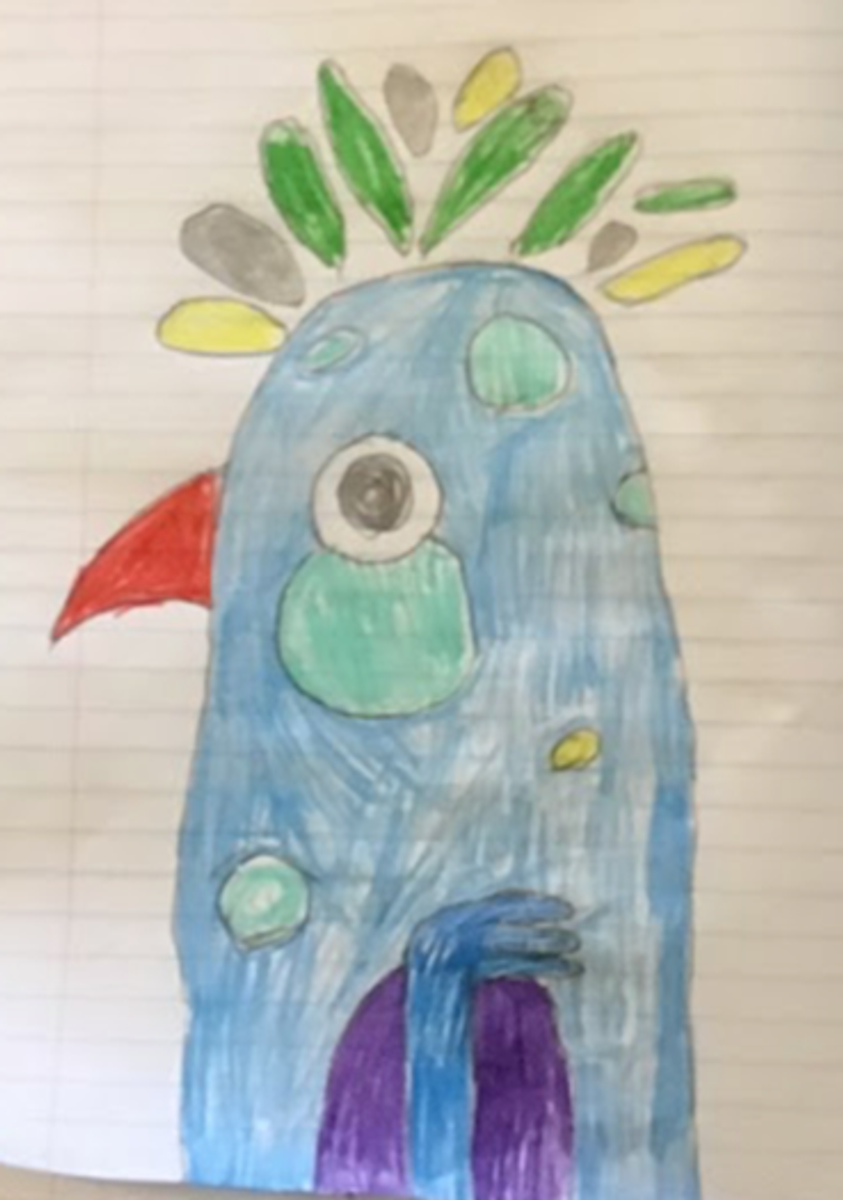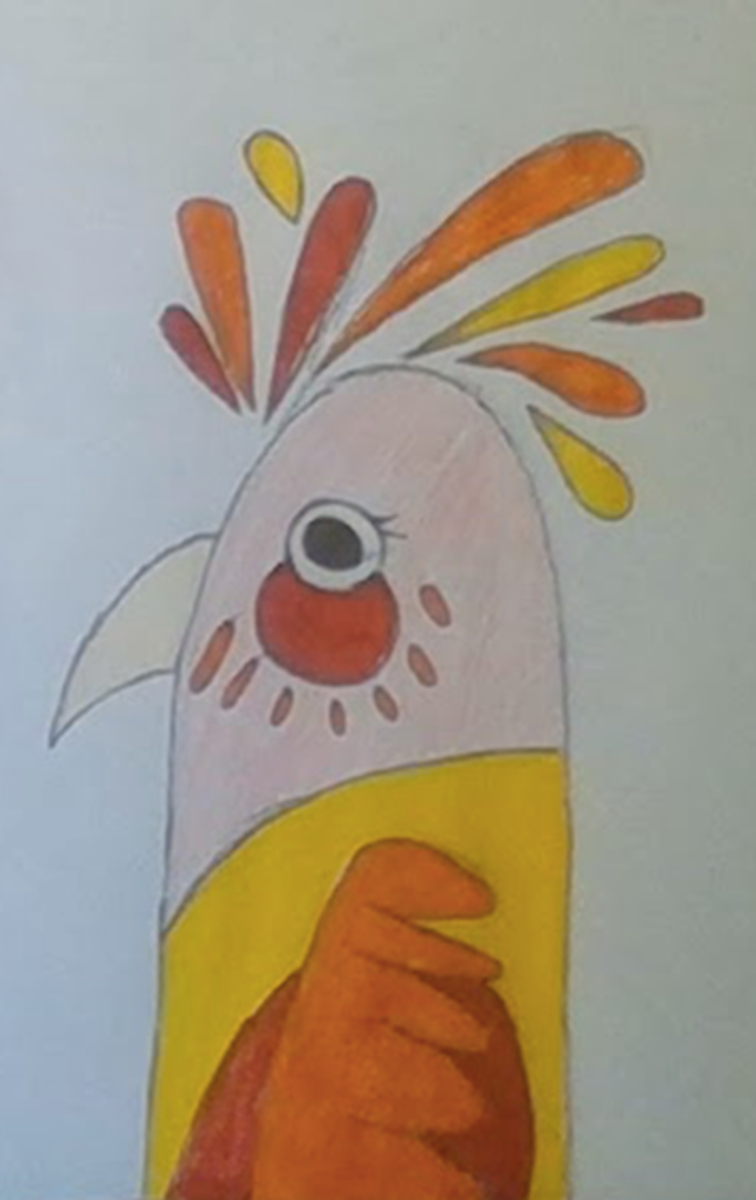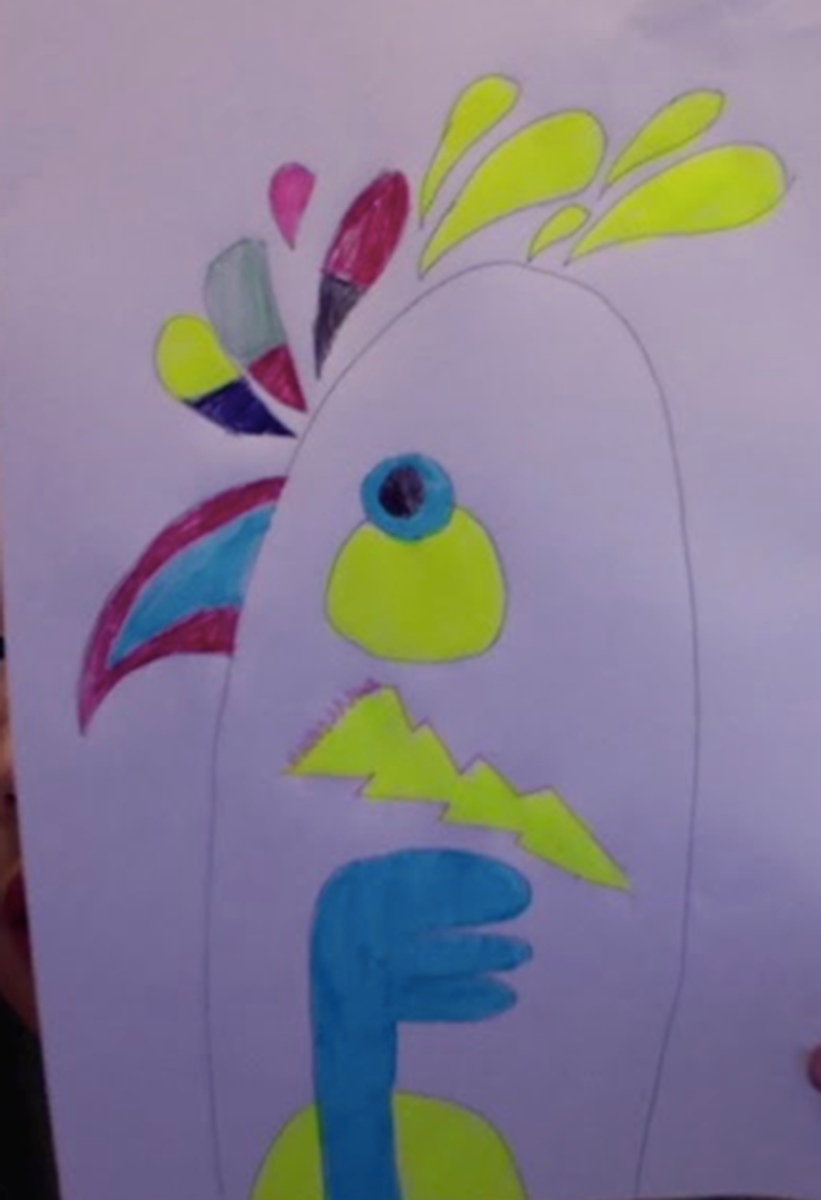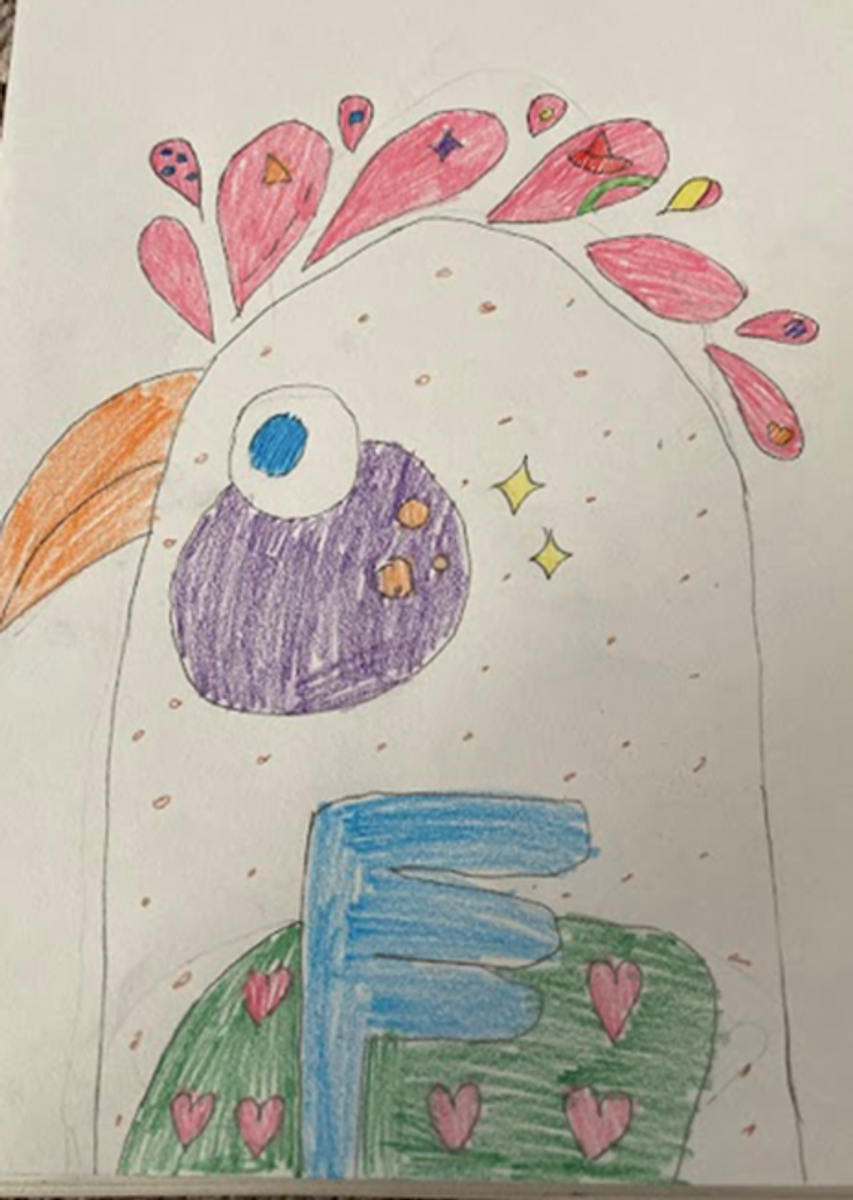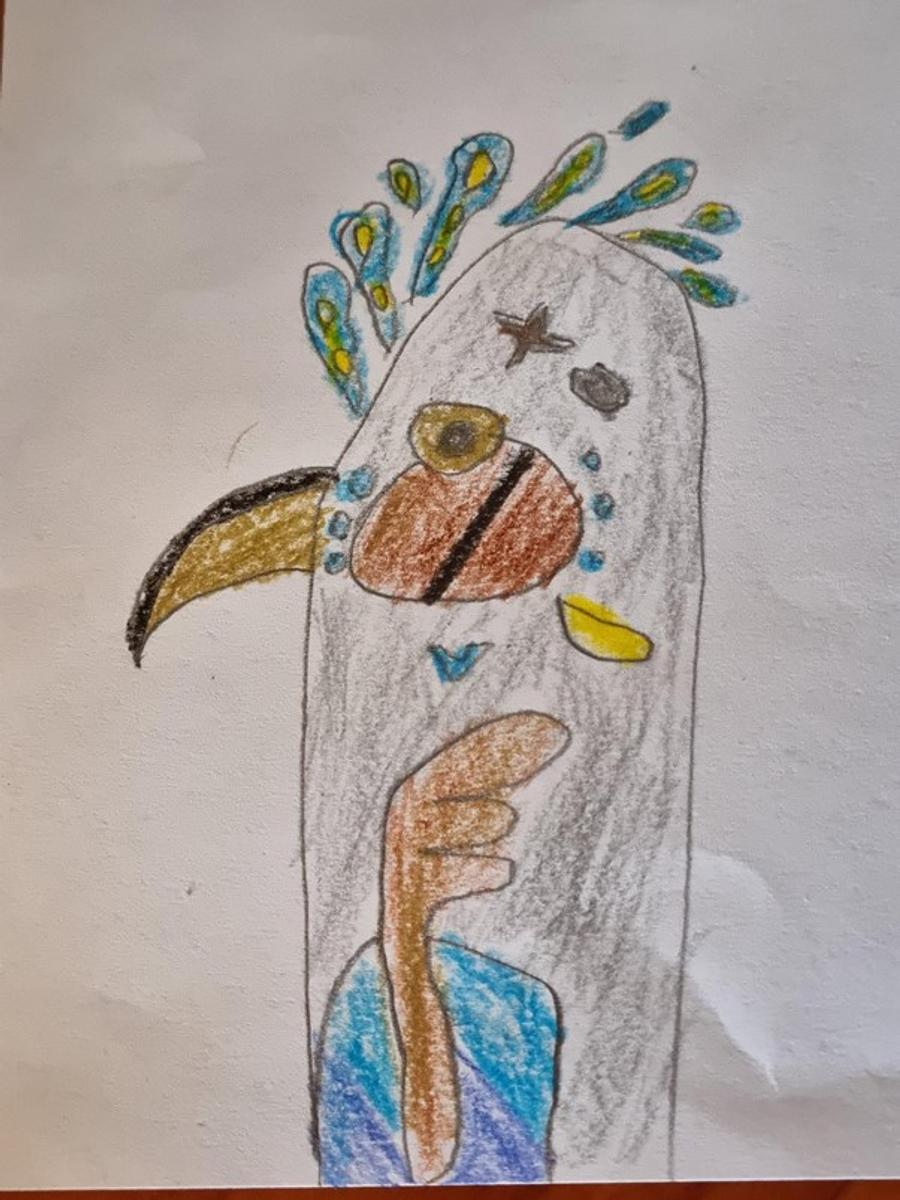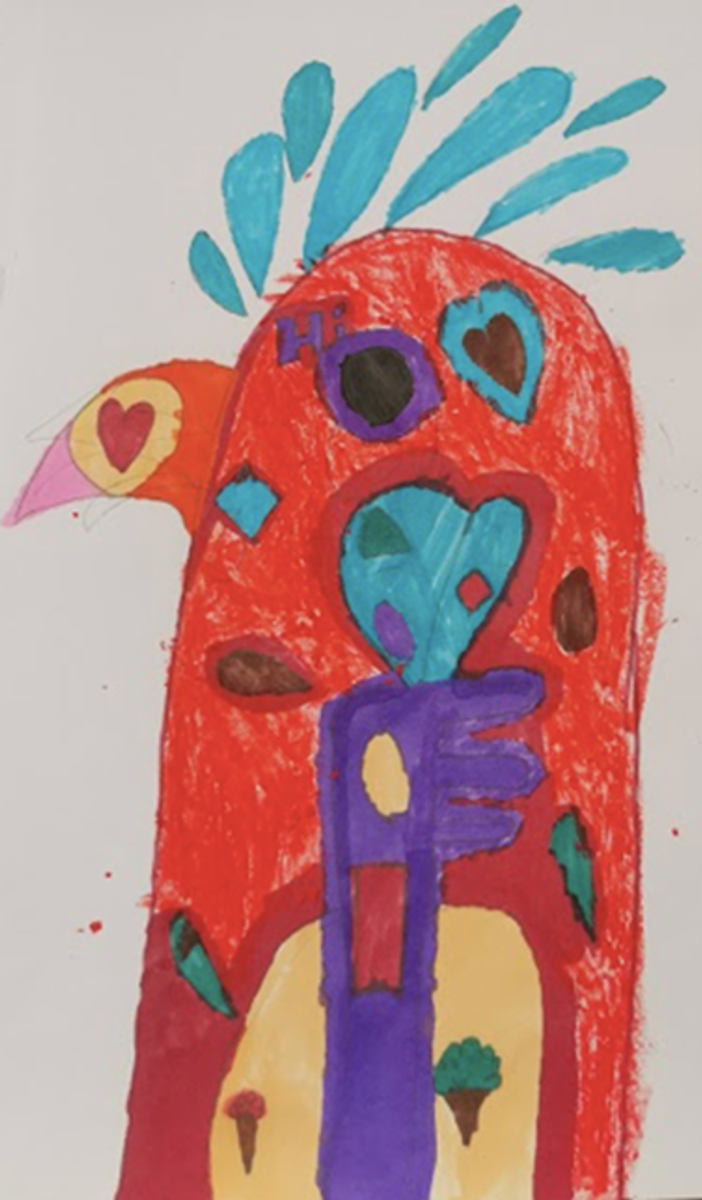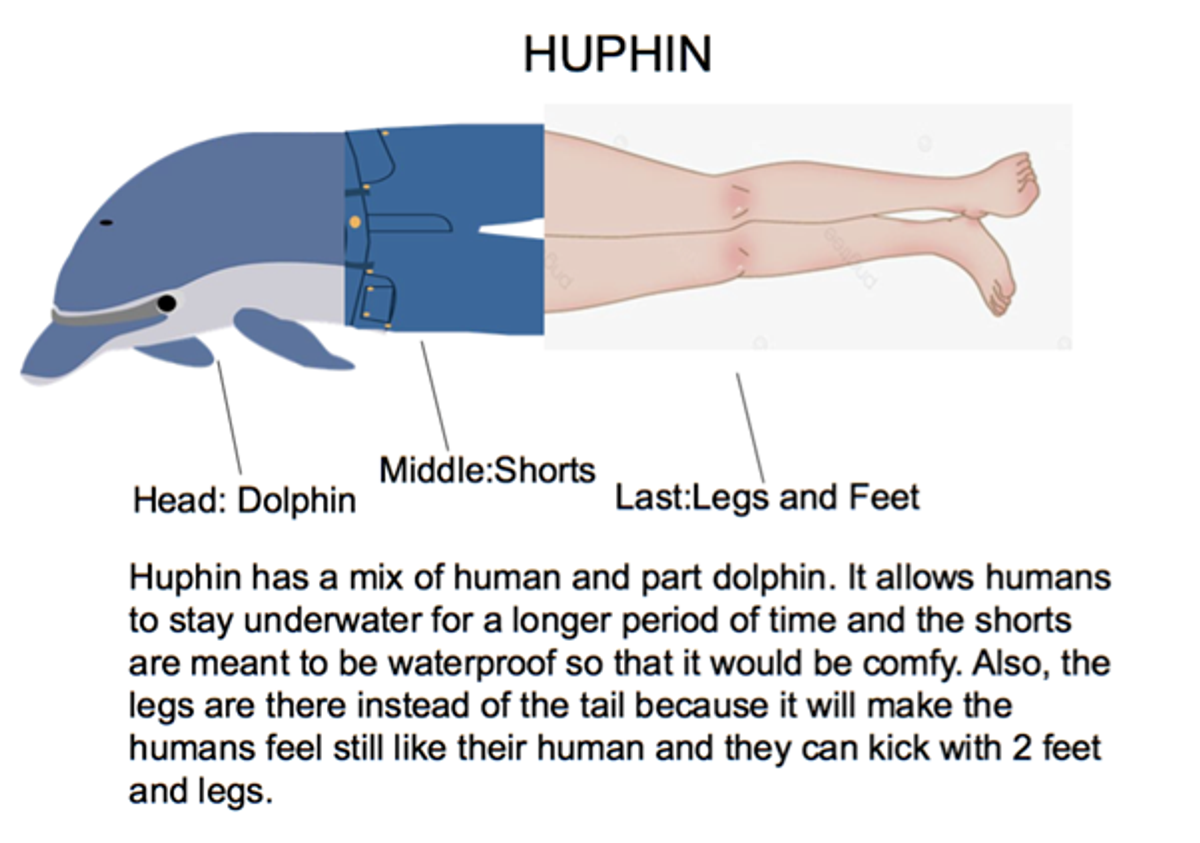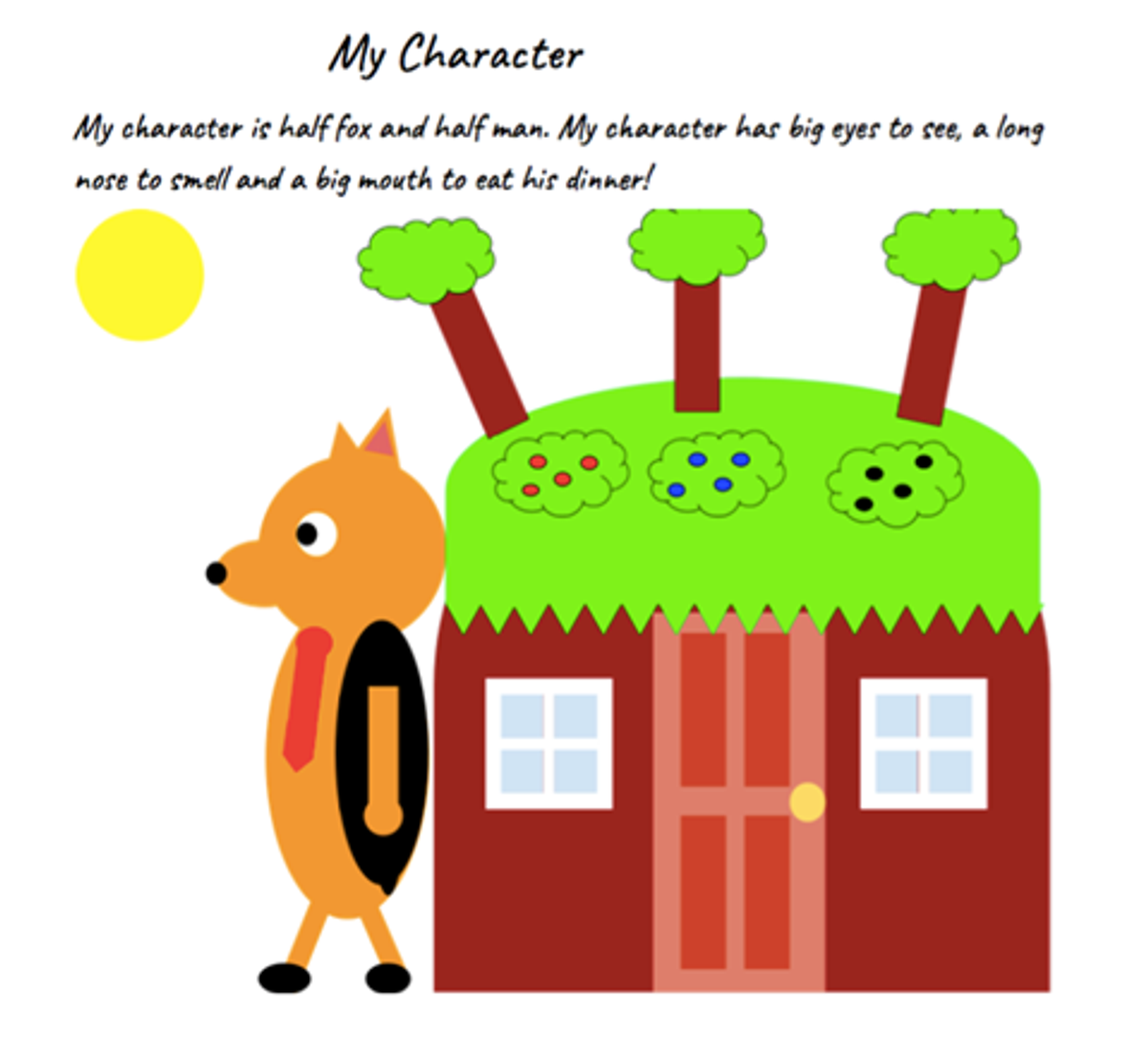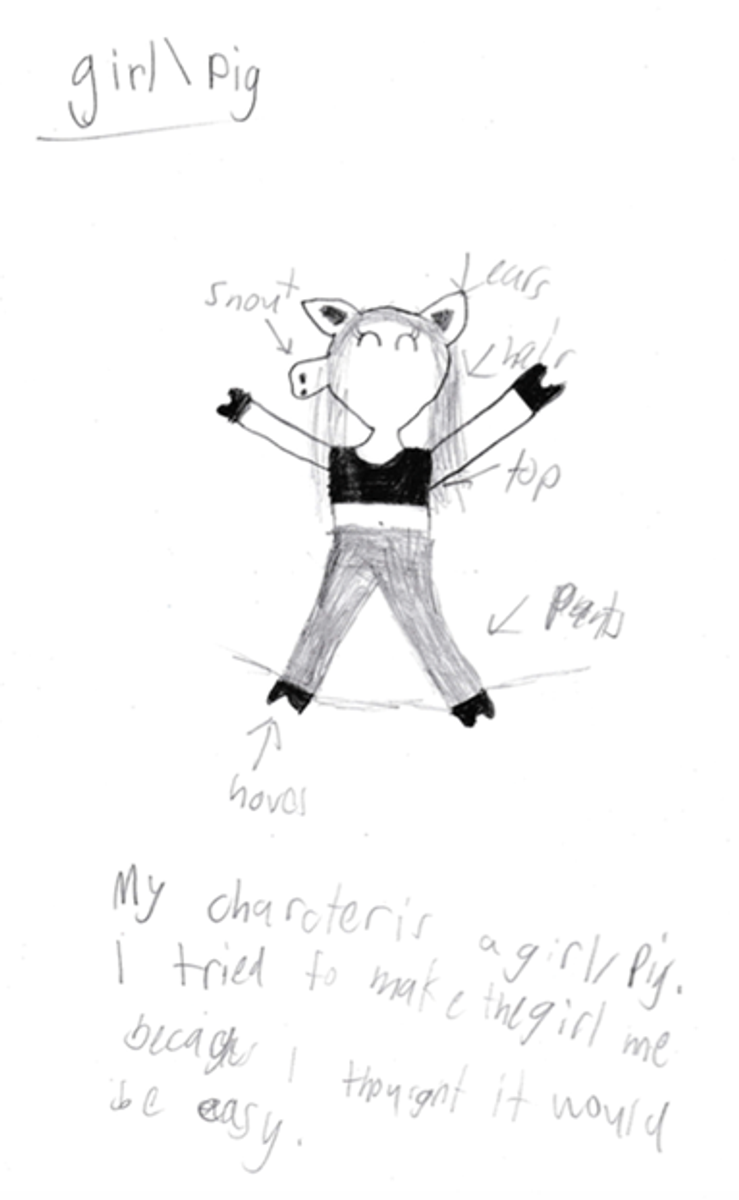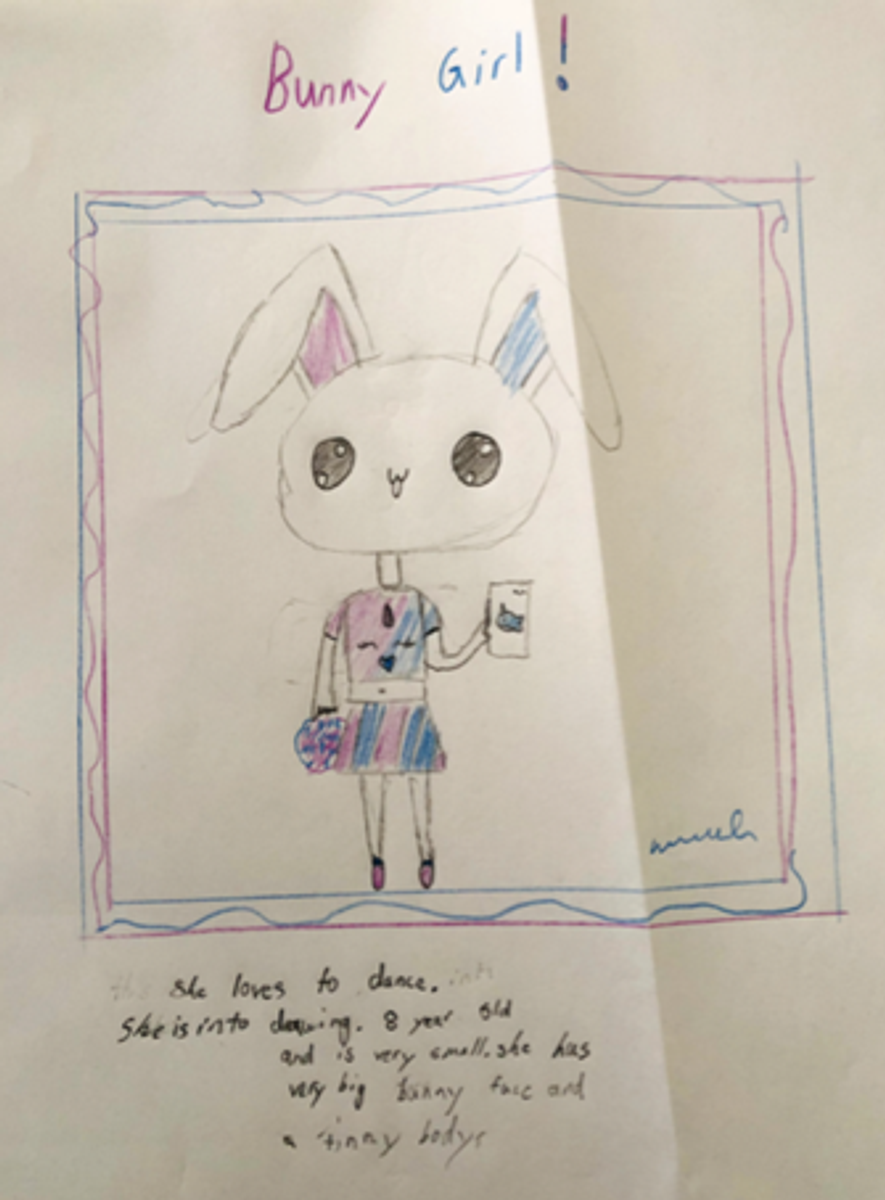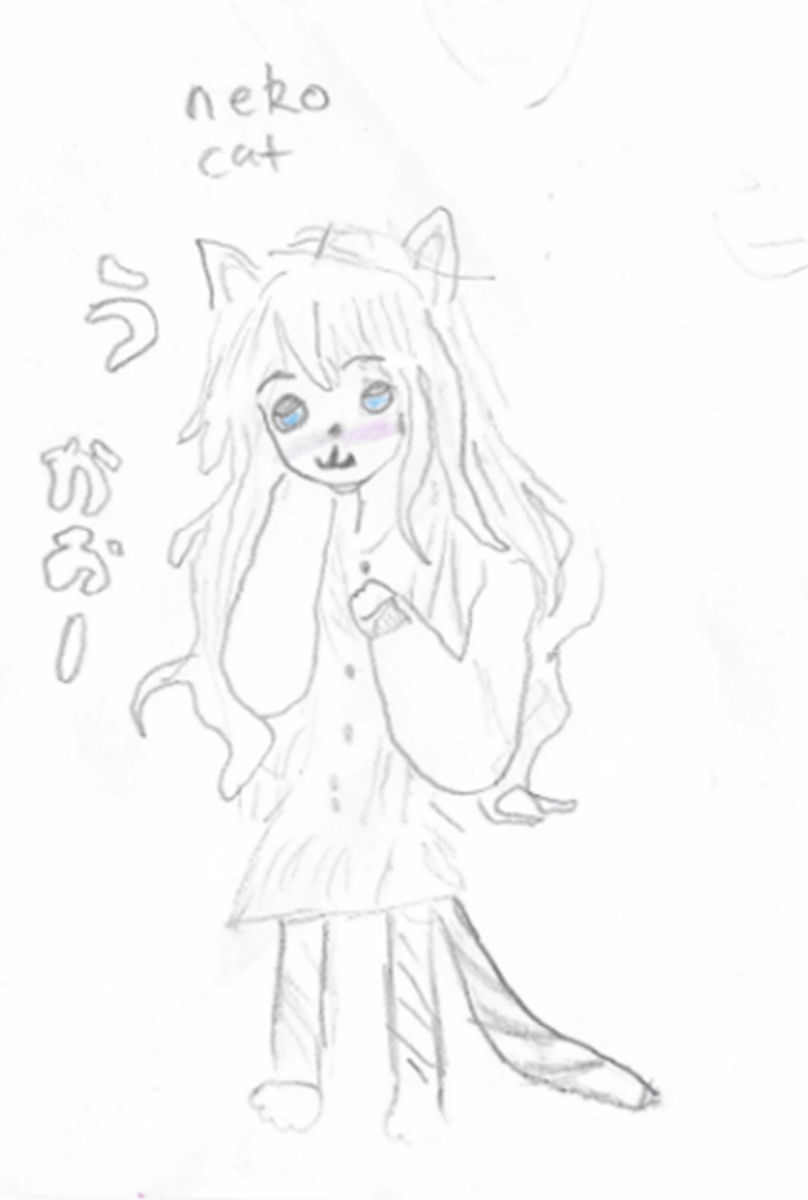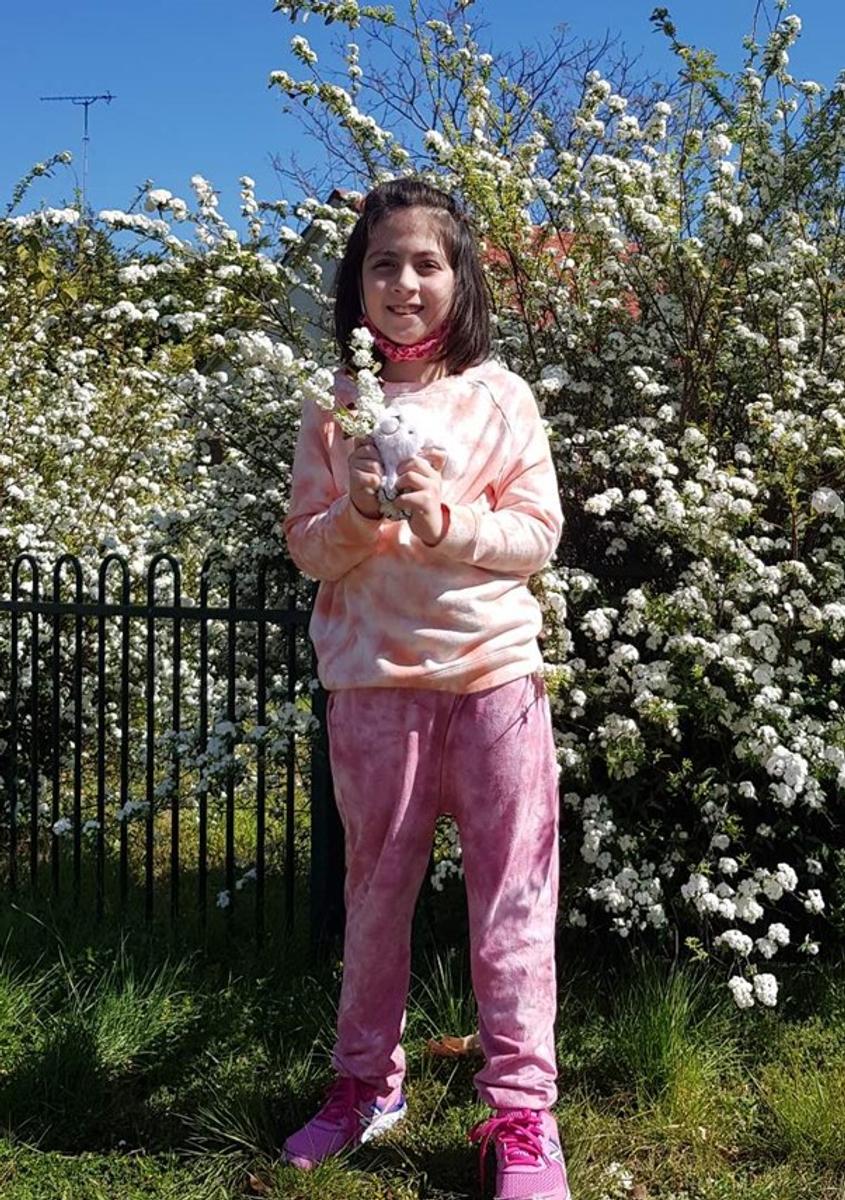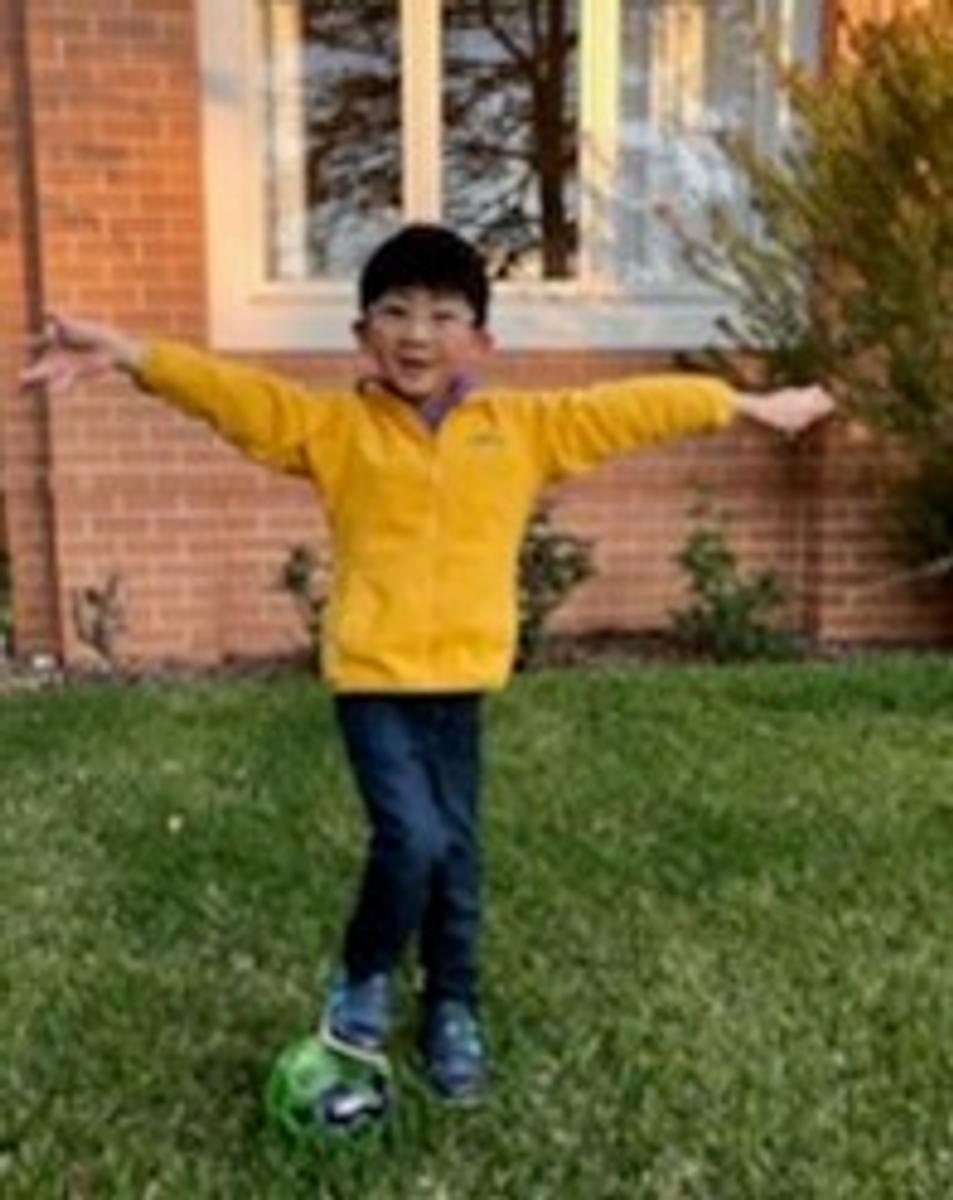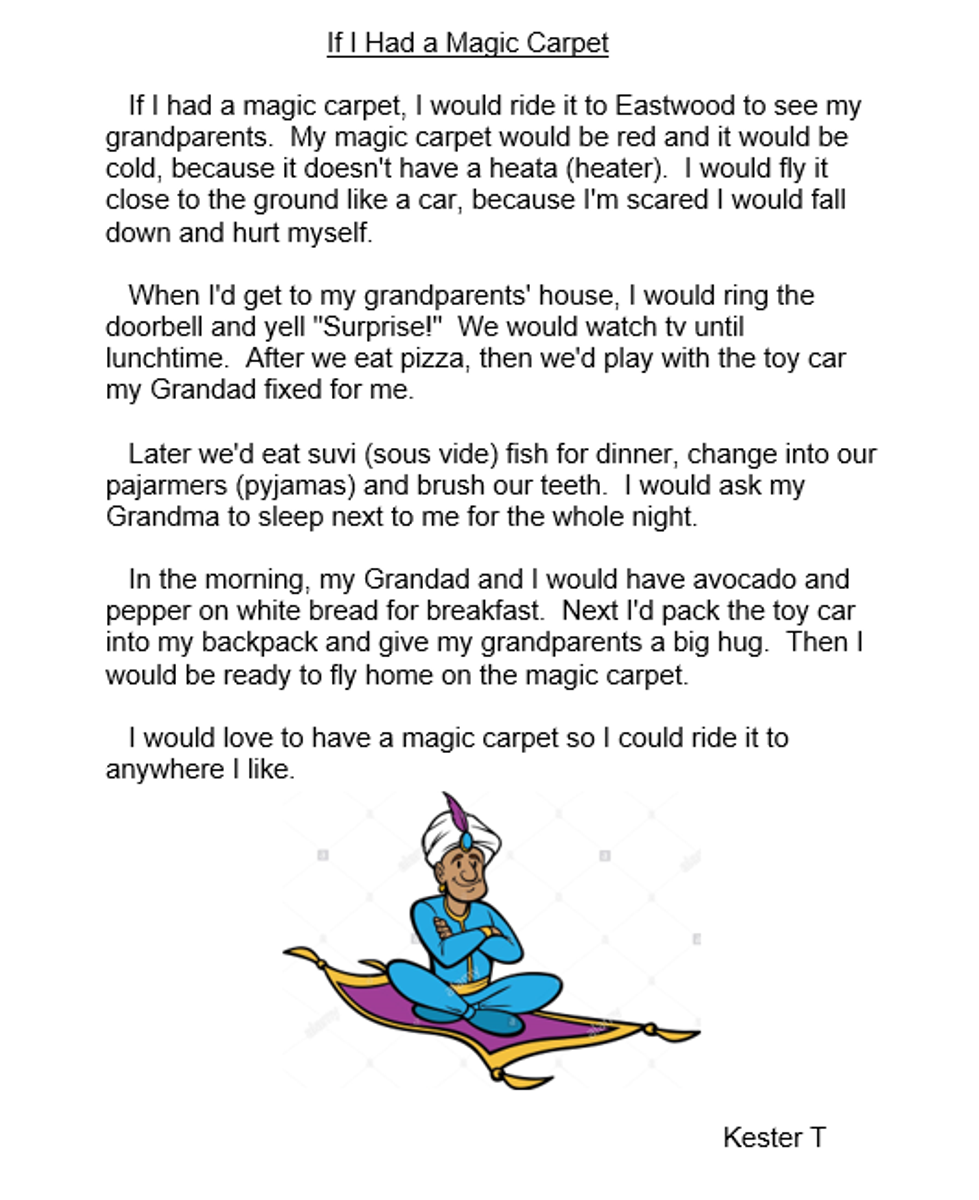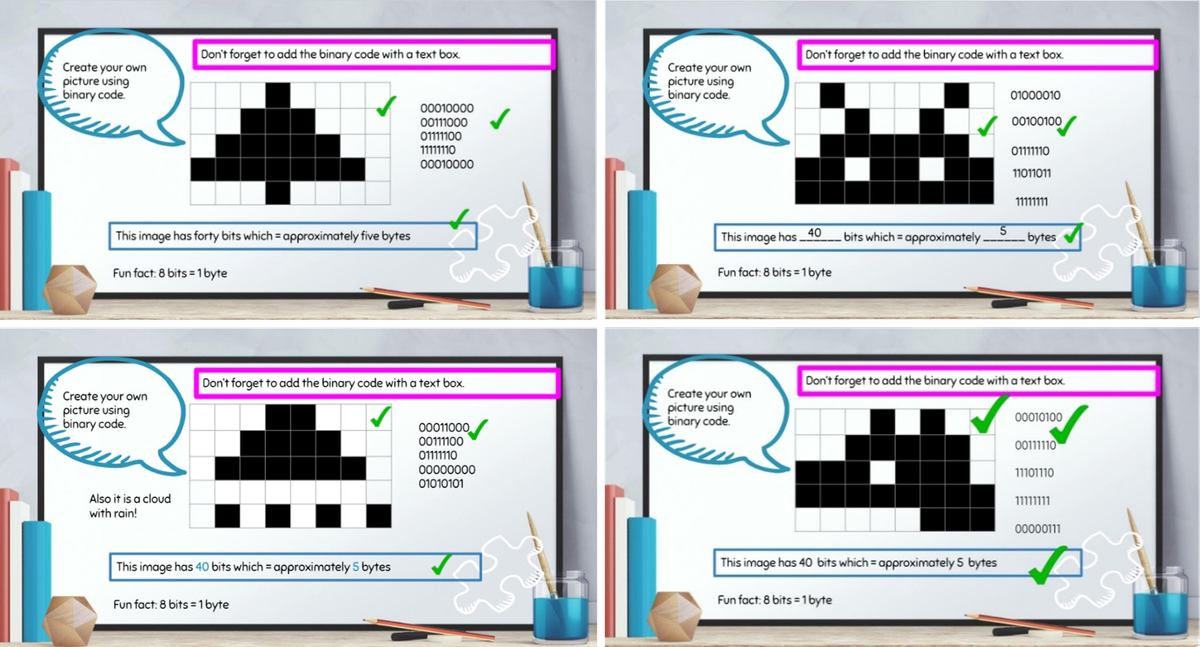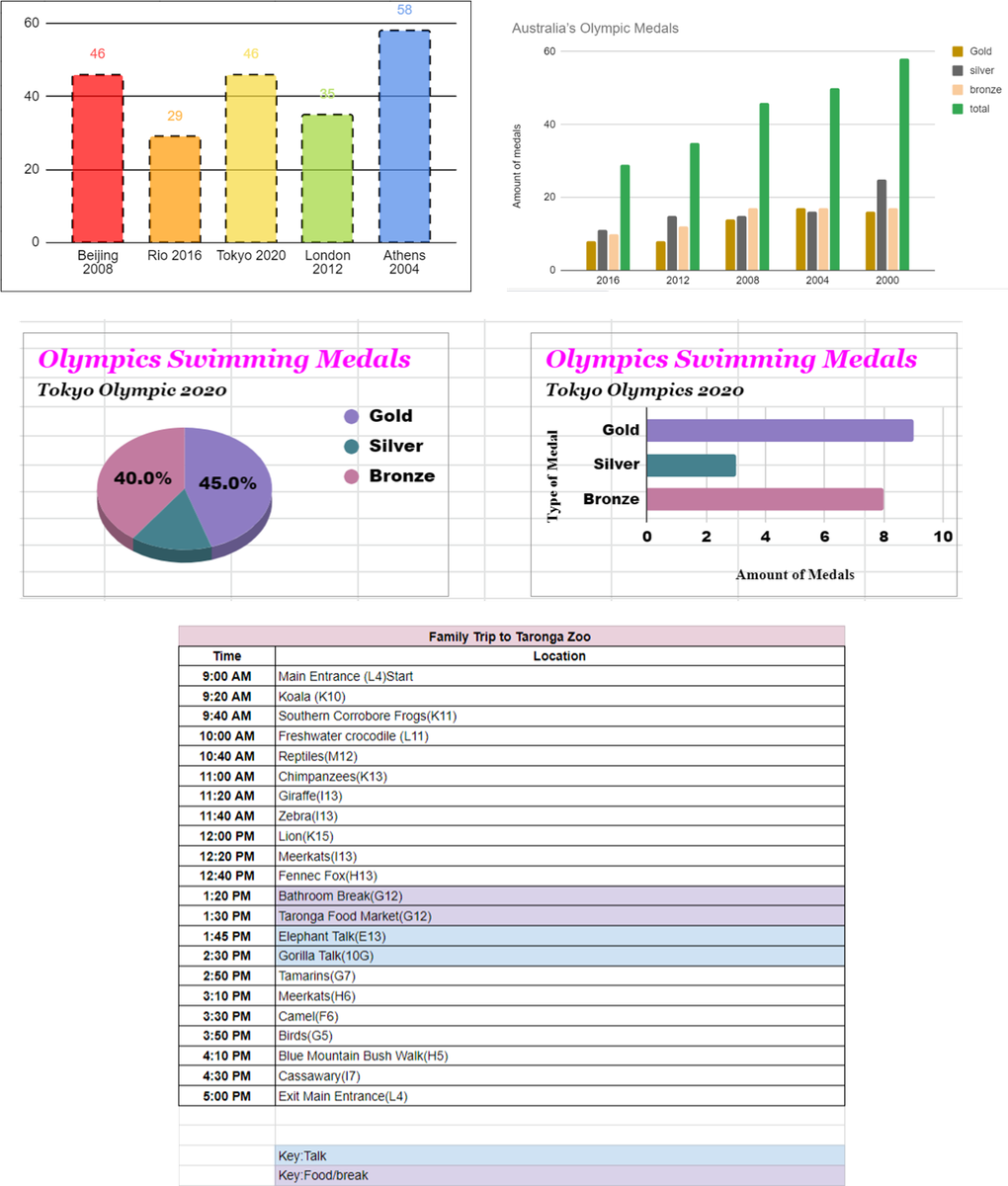Spotlight on Learning
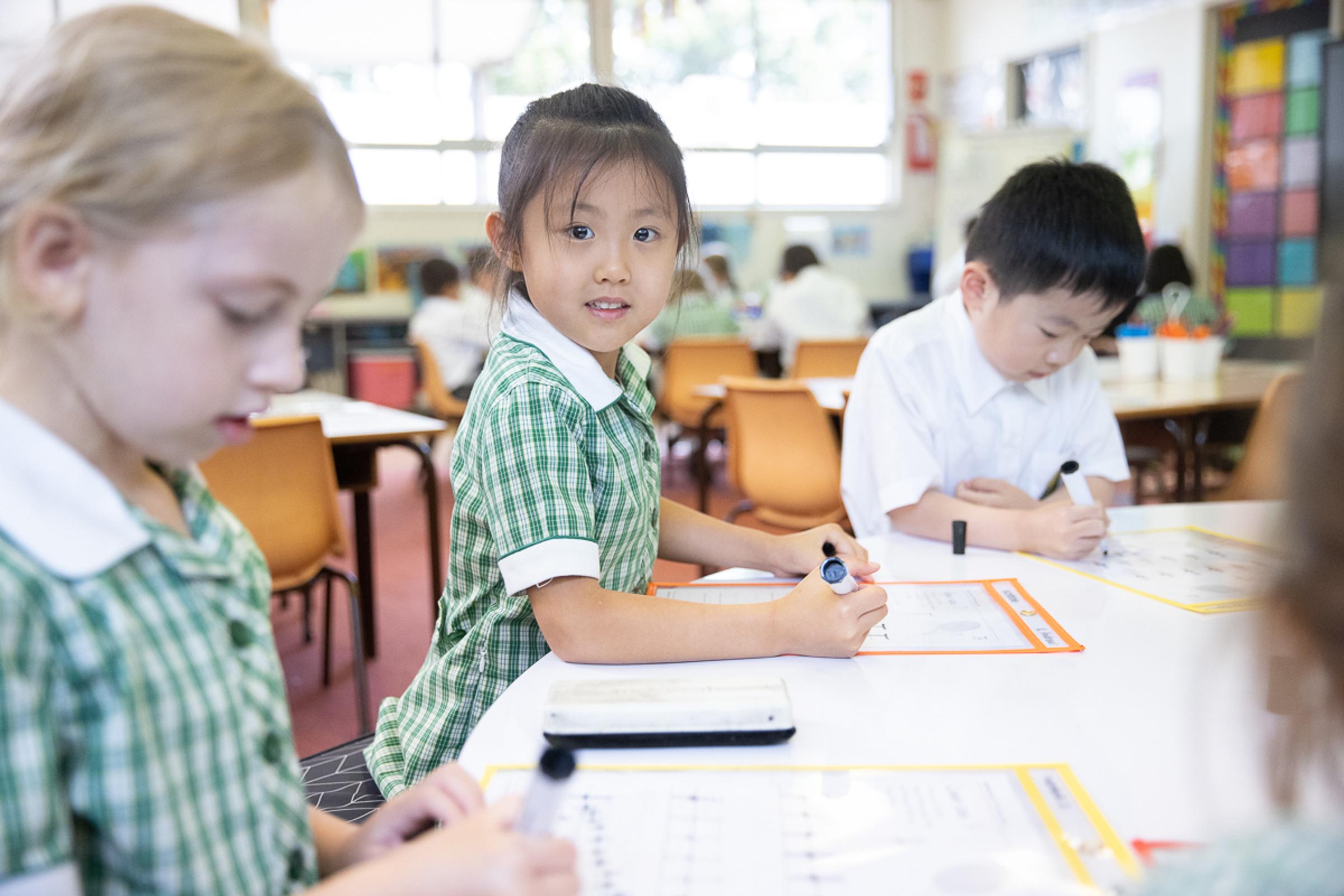
Stage 1
Year 1 students have embraced online learning this term and have produced remarkable work! Students have been learning how to write an information report and have learnt what it means to describe the classification, appearance, diet and interesting facts about animals and insects.
In science we have been learning about living things and how and why it is important to take care of animals and plants. To demonstrate their learning, Year 1 students designed and made bird feeders. Students first researched a specific bird to know what it eats and who its predators are. They then took this information to make a bird feeder to suit their selected birds’ needs. Have a look at some of the amazing designs our students created! We were very impressed!
Book Week looked a little different this year, but we still were able to dress up together and enjoy some fun picture book Kahoots on our class zooms. We had everyone from Spiderman and Thor to Hagrid and Tintin!
Year 1 students have shown great resilience, determination and optimism this term and we would like to acknowledge all their hard work. We are very proud of all our Year 1 students. Thank you to all our parents and families who have continually supported and helped during this time. We are so grateful. We wish everyone a safe and relaxing holiday. Enjoy a very well-deserved break.
Miss Raj & Miss Tran - Year 1 Classroom Teachers
Stage 2
What a term! Congratulations to everyone for surviving such a long and challenging term. Thank you for your ongoing support. Students have been enjoying time outdoors enjoying spring and the lovely sunshine. We continue to be extremely impressed with the persistence and resilience displayed while completing work online. Last week, we continued our focus on sentence structure and revised literary devices. Students demonstrated their creativity through artworks inspired by Australian artist Peter Cromer. They also had to design a character half of one thing and half of another, then use this character as a basis for writing descriptive narratives. These are just two excerpts from the amazing writing we have had the pleasure of reading. Can you spot the simile, personification, complex sentences, and a wide range of vocabulary?
Even though it was hot, cold air bit into her lungs like a mantis catching its prey. Amber swiftly took the sharpest of breaths and sprinted behind a jagged, rough boulder. As she pressed against the bumpy surface of the boulder, her pale white, cotton shirt went from clean to grey in an instant. By Sameen
Wandora, the once picturesque alien forest, a pretty wonderland, may change forever in the battle that lies ahead. The dense purple foliage will hopefully slow down the enemy army. The vines grab limbs as they run through the stunning landscape, winding around and around and around. By William W.
This week, we will focus on the author Roald Dahl. Each year on the 13th September it is Roald Dahl Day. Most students are already familiar with his extremely imaginative writing and we will build on this understanding as they further showcase their creativity.
Enjoy your two week holiday! Switch off the devices and spend some quality time together as a family. Relax, recuperate and we will see you refreshed next term.
Stage 3
This year, as part of the digital technology program, students have been using various software to build digital literacy and digital citizenship skills. This term we decided to jump inside the computer and examine how the processor and software work!
Students have been attending a weekly stage Zoom where we explore these unfamiliar concepts. I am very proud of how well Stage 3 have tackled these new ideas during online learning. You should all be very proud of yourselves!
First we explored how hardware and software work together (input and output) and then practised solving mazes using step by step instructions to practice the planning part of coding (otherwise known as algorithms).
From here we looked at how a processor turns these algorithms into computer code. We learned a lot of new words such as: encoding, decoding, output, input and algorithms.
Last week we started looking at binary code which plays a central role in how information is stored on computers. Students learned about how binary is used to store an image as an array of pixels. Students then used these skills to create their own pixel images using binary and calculated these file sizes using bits and bytes!
Have a look at all the wonderful work we have done this term! I am very proud of you all.
Why digital technologies?
Digital technologies play a big role in the present and future for our students. Computer science is a discipline designed to provide opportunities for students to explore deep concepts about communication, citizenship, data and how digital systems work. ICT skills are important and work in conjunction to build digital literacy skills to access, create and communicate ideas to solve different problems.
Mrs Morrison - Classroom Teacher (RFF)
